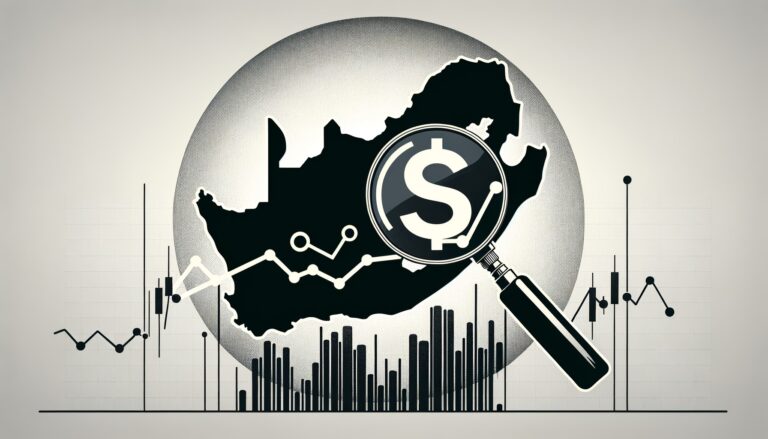What’s going on here?
Foreign investments in South Africa are facing increased scrutiny this week, especially with recent economic jitters shaking the markets.
What does this mean?
The Johannesburg Stock Exchange (JSE) is set to release data on foreign investment activity in bonds and stocks, offering a close look at market sentiment. It’s a crucial time given the mixed performance: the JSE’s blue-chip Top-40 index dropped by 1.7%, highlighting investor concerns. Meanwhile, South Africa’s benchmark 2030 government bond yield fell by 9.5 basis points to 9.25%. The South African rand strengthened last Friday, driven by US job growth slowing and a rising unemployment rate, which turned investor eyes towards a potential Federal Reserve rate cut in September, weakening the dollar and lending strength to the rand.
Why should I care?
For markets: Bond bullishness amid global caution.
With fears of a US recession looming, Asian shares tumbled and bonds rallied this week as investors shifted from risk assets, anticipating rapid rate cuts to spur growth. This sentiment spilled over into US markets, where major indexes like the Nasdaq Composite entered correction territory following a weak jobs report. Hence, South Africa’s government bonds grew more attractive, reflecting a cautious yet opportunistic investor stance.
The bigger picture: Economic green shoots amid uncertainty.
Despite immediate market volatility, South Africa’s long-term prospects show promise. Business Day reported that the government’s focus on engineering economic recovery, with initiatives projected to create up to 275,000 green jobs by 2030, could significantly bolster the economy. As the African National Congress (ANC) discusses these developments at its lekgotla, clarity on these strategies could help stabilize market sentiment and drive future growth.

